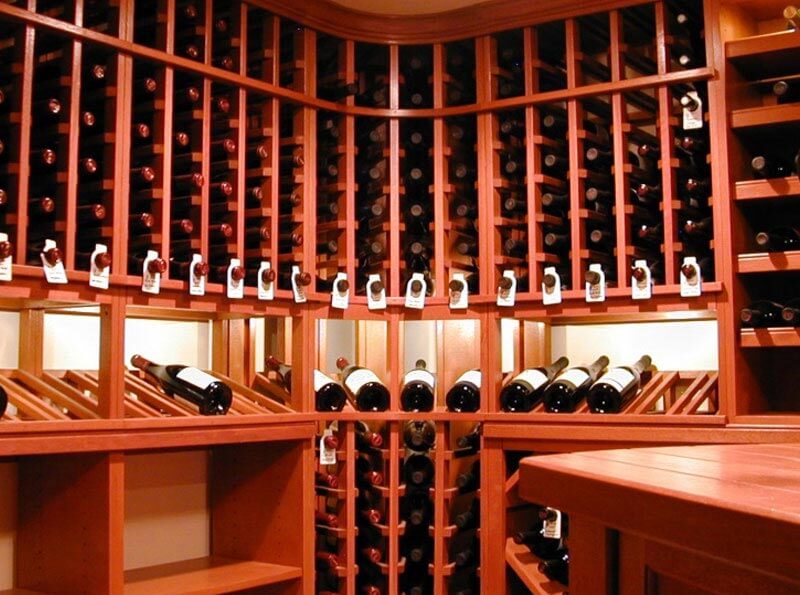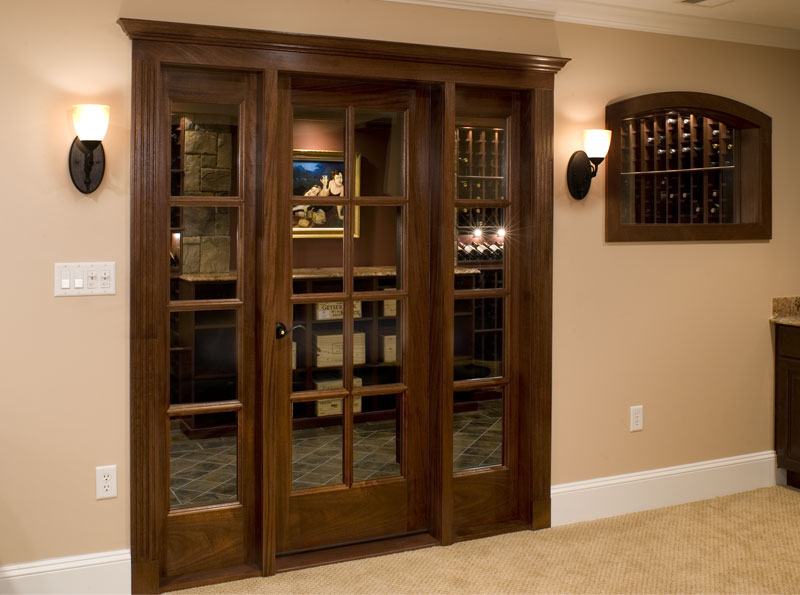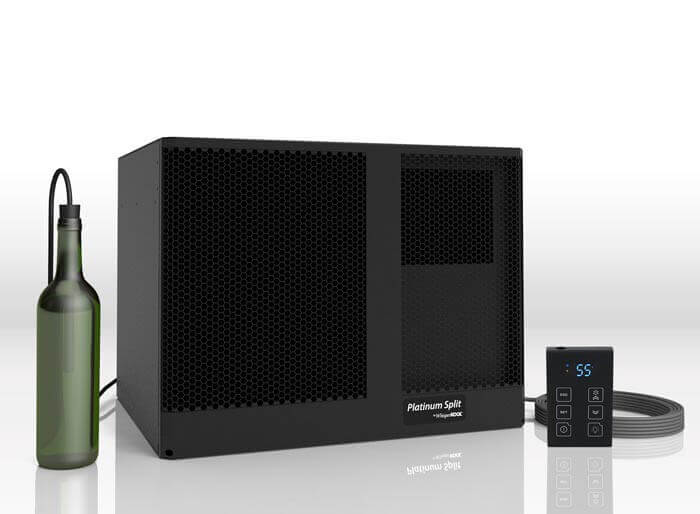Home / The Industry's Best Wine Cellars
The Industry's Best Wine Cellars
Adding a wine cellar or wine room to your home is a big decision. As industry experts, we’ll help you create a wine cellar, wine room or wine storage solution that meets your needs, taste, and budget. Years of design experience, combined with top quality wine cellar racking and storage systems, make us the best choice for your wine cellar project.
Not Sure Where to Start?
Our wine storage solutions are designed and built to your exact specifications. Premium wine cellars offer the highest quality components and options. If timing and budget are tight, our standard wine cellar kits, the most comprehensive in the business, may be more suitable. If you’re somewhere in the middle, a custom wine cellar is the perfect solution.
Check out the table here along with our free expert resources. Keep in mind that all our wine cellar offerings can be mixed and matched together to meet your aesthetic and budget. And don’t hesitate to start by contacting us. We’re here to help.
| Vigilant Wine Cellars | Standard ($) | Custom ($) | Premium ($) |
|---|---|---|---|
| Ladder Racking with High-Reveal Display | Yes | Yes | No |
| Solid Bottle Cubbies | No | Yes | Yes |
| Display Lighting | Yes | Yes | Yes |
| Mahogany or Pine | Yes | Yes | Yes |
| Custom Wood Species | No | Yes | Yes |
| Custom Height | No | Yes | Yes |
| Custom Depth | No | No | Yes |
| Standard Stains & Lacquer | Yes | Yes | Yes |
| Custom Stain | No | Yes | Yes |
| Furniture Finish and Two-Tone | No | No | Yes |
| Rotating Wine Rack | No | Yes | Yes |
| Bead Board Decorative Archtop | Yes | Yes | Yes |
| Radius Archtops | No | No | Yes |
| Modular Cabinets | Yes | Yes | No |
| Custom Cabinetry with Solid Backs | No | No | Yes |
| Solid Wood or Custom Material Countertops | No | No | Yes |
| Standard Base and Crown Molding | Yes | Yes | Yes |
| Taller Base and Crown Molding Options | No | No | Yes |
| Face Frame on all Cabinets | No | No | Yes |
| Fluted Columns & Decorative Appliqués | No | No | Yes |
| Soft-Close Hardware | No | No | Yes |
| Shipped Preassembled | No | No | Yes |
Wine Cellar Components
We have a vast selection of wine storage products. All of our wine racks, wine cabinets, wine cellar doors and wine cellars are backed by our expertise, our quality commitment and the best warranty in the industry. Call now to start your wine cellar project!
Wine Racks
We offer DIY wine rack kits and custom wine racks for wine cellars A wine cellar creates a dedicated space for the safe storage and preservation of your fine wine collection. Our extensive line of wine cellar kits or custom wine cellar components can be the foundation for your successful wine cellar project.
Wine Cellar Doors
Create a magnificent grand entrance into your personal wine cellar or wine room with our standard or custom wine cellar doors. Choose from many styles and options to create your own unique wine cellar entrance.
Cooling Systems
Keep your valuable wine collection protected and preserved at optimal conditions for long-term storage. Our experts will help you select the best wine conditioning system from our comprehensive line of wine cooling systems.
Previous slide
Next slide






